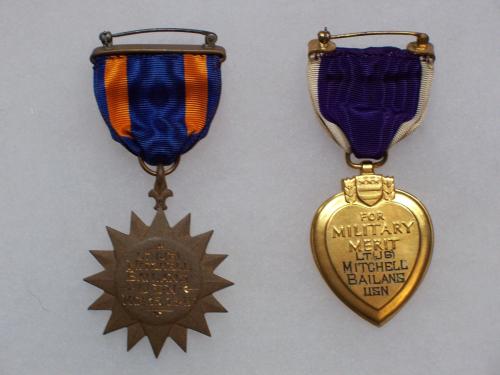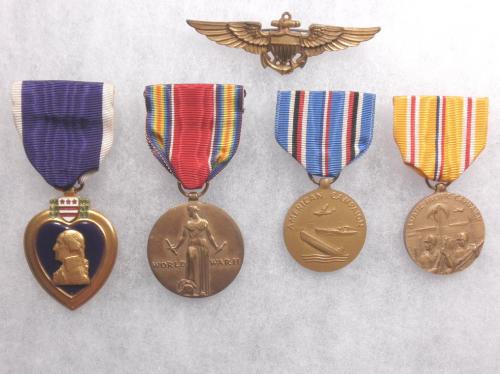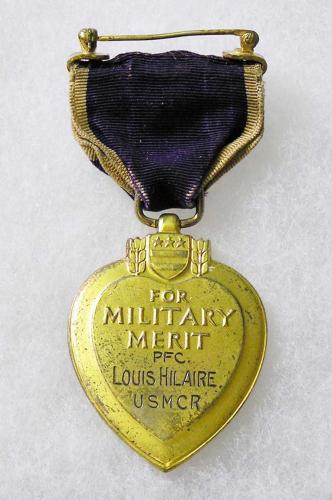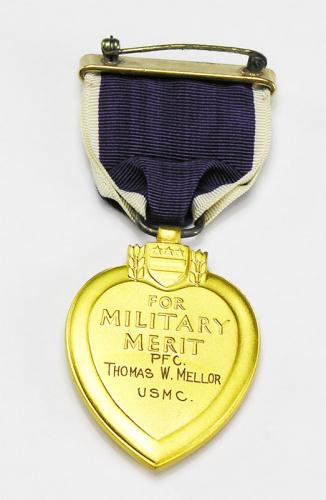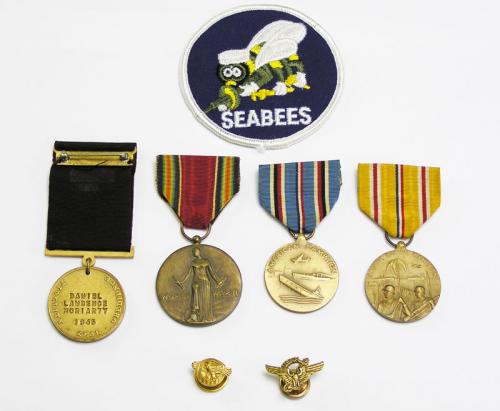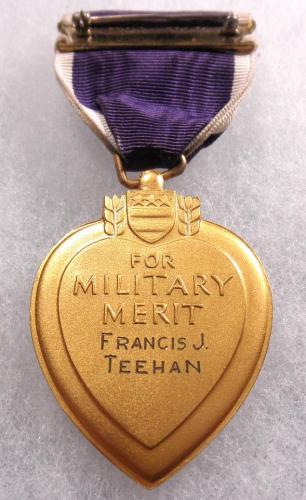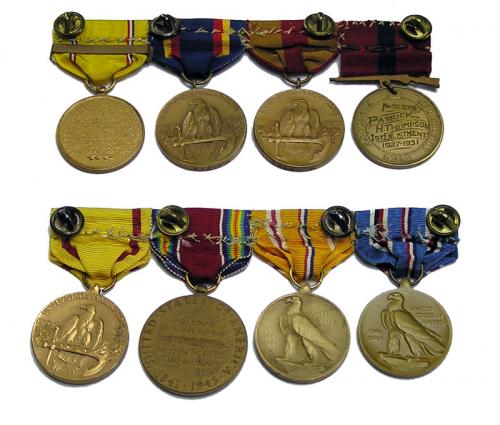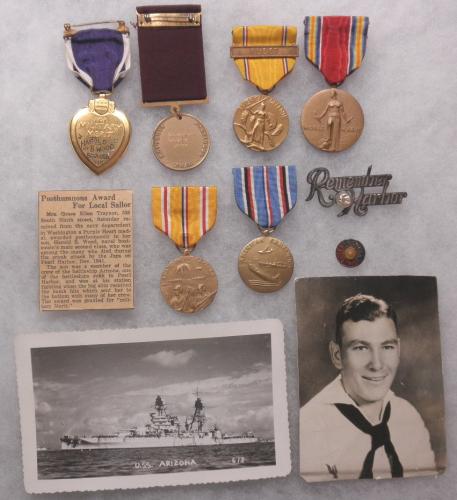Written by dave
Sunday, 18 April 2010
The global warming nut jobs consistently write editorials in the newspaper about how we all need to be reponsible to prevent global warming to save the earth. Don't they realize that we have had global warming for at least 20,000 years since the height of the last ice age when the earth was covered with glaciers all the way down into New England? Glaciers are melting, they are saying, and it's man's fault. Bull pucky! This is a continuation of the heating cycle that started long, long ago and will continue without any interference from us. But, this could turn around and become serious global cooling really fast. For instance, if a volcano in Iceland covered the earth with enough ash to cause a nuclear winter, which would trigger the next ice age!! I wonder of that could happen?
Sunday, 18 April 2010
More...
Written by dave
Sunday, 9 May 2010
The Gulf oil spill is definitely Obama's Katrina. The devastation caused by Katrina was largely caused by inadequate engineering of the dikes and levies. I suspect that no one expected that, nor did anyone expect a catastrophic failure of the well site at 5000 feet underwater. This failure is equivilant to the Chernobyl reactor accident in Russia. In this country, Chernobyl could never happen. The nuclear industry is well regulated by the government and the industry. It seems like it may be time for the government and oil industry to get up to speed too. This well spill is going to continue to be a mess of gigantic proportions.
Sunday, 9 May 2010
Written by dave
Monday, 17 May 2010
On the Glenn Beck program today, Glenn said that the white house is targeting his sponsors to cripple Glenn's program. Well, I'd love to advertise there, if I could afford it!
Monday, 17 May 2010
Written by dave
Wednesday, 19 May 2010
On December 7, 1941, the USS Arizona was attacked and sunk by a foreign power. Today, the State of Arizona was attacked by the President of Mexico and the President of the United States in a forum at the White House and in Congress.
I am calling for all Americans to donate to the Arizona State Treasury. I have sent $20 to them as a contribution from my wife and myself. If you read this, please do the same. If everyone who believes in the Constitution will send just $10 to Arizona, they will not be impacted by so-called boycotts. God Bless Arizona! Send it to the Governor direct. Here is her contact information:
The Honorable Jan Brewer
Governor of Arizona
1700 West Washington
Phoenix, Arizona 85007
Telephone (602) 542-4331
Toll Free 1-(800) 253-0883
Fax (602) 542-1381
Wednesday, 19 May 2010
Written by dave
Monday, 24 May 2010
The Gulf oil spill continues unabated. This may well prove worse than Chernobyl!! The destruction of animal and plant life is unprecedented in modern history. They are saying that this spill could last for dozens of years if not controlled. As a minimum, the way of life on the Gulf coast is FOREVER changed. Where are the leaders on this? Isn't anyone in charge? Looks like Pandora's Box to me. BP=PB?
This shows the law of unintended consequences at work on a grand scale. Forty (40) years ago we had the technology to build enough nuclear power plants in this country to provide at least 70% of our energy needs of today. The environmentalists put a halt to that program. If those plants were built, it is probable that this well would never have been drilled!
Now the people in the Gulf are paying a huge price for this foolishness. Thanks Sierra Club.
Monday, 24 May 2010
